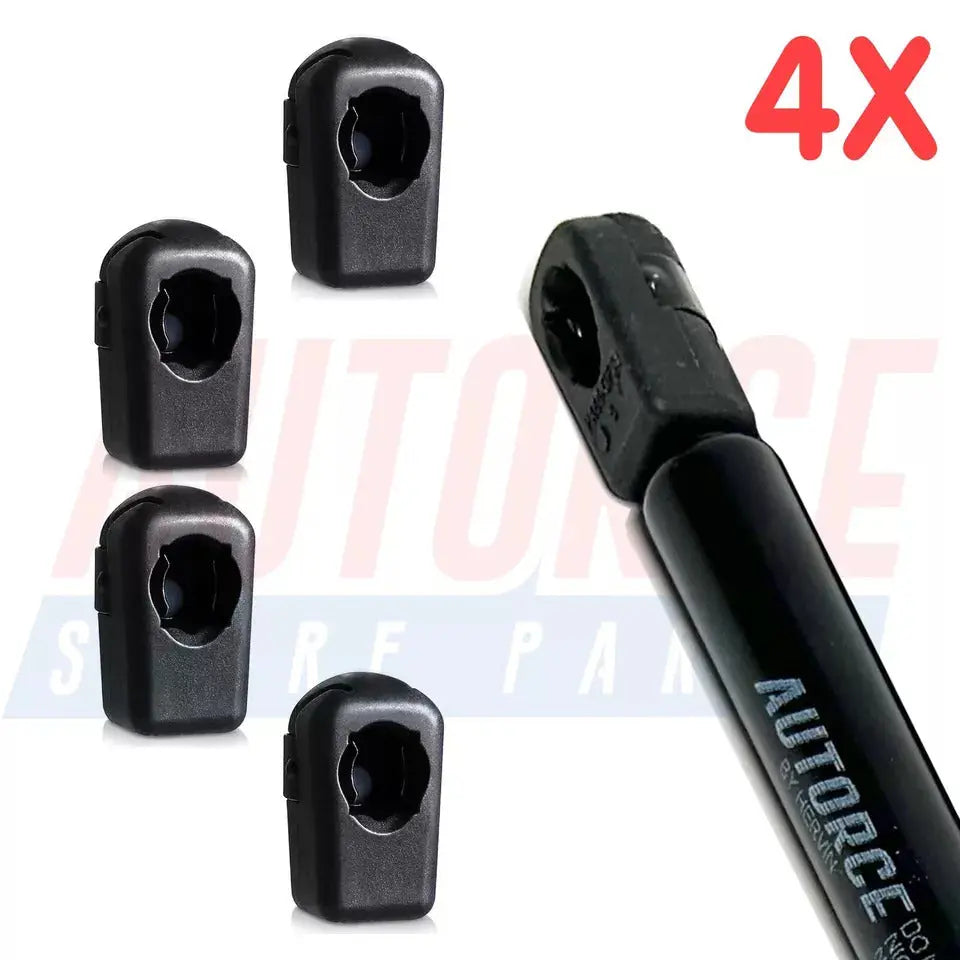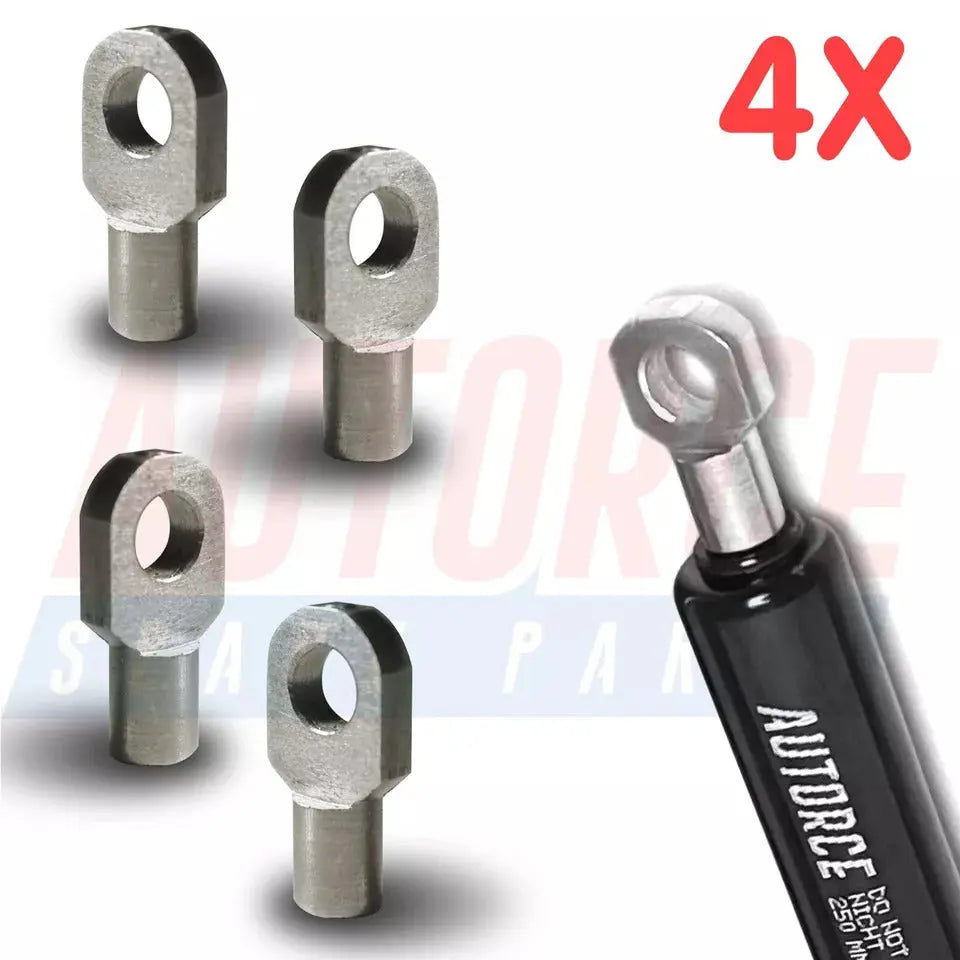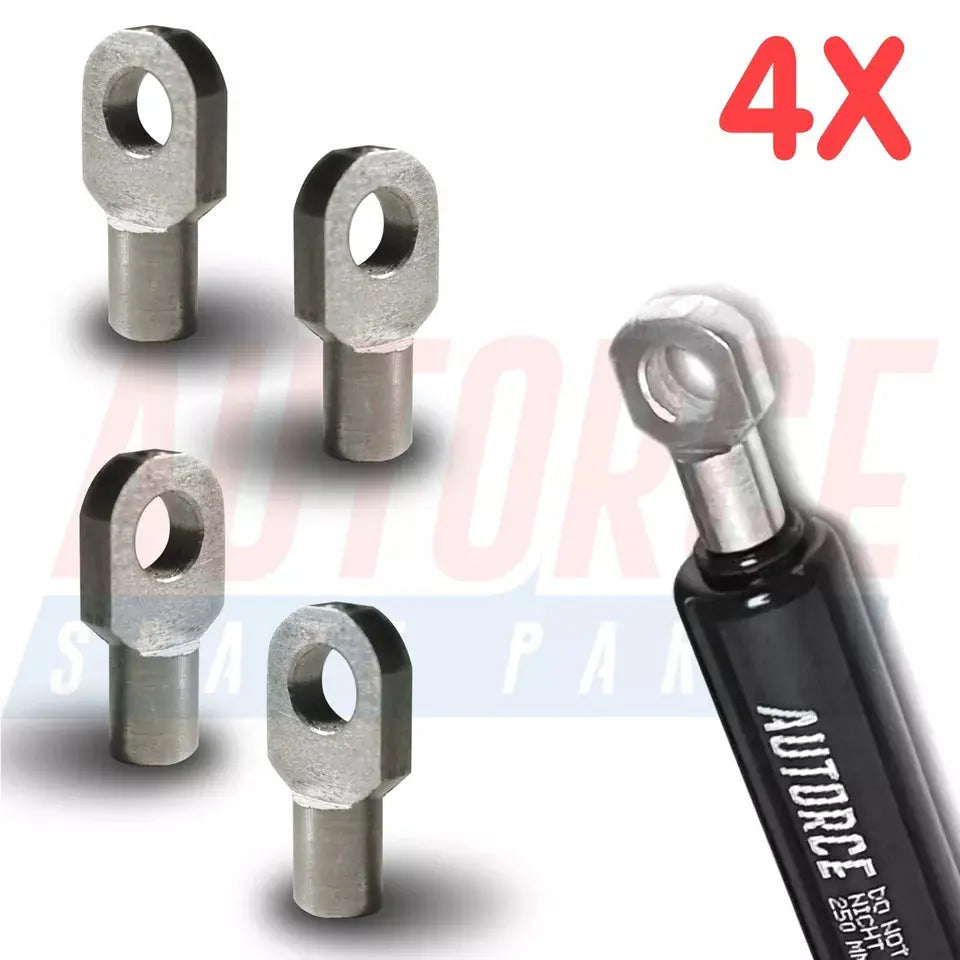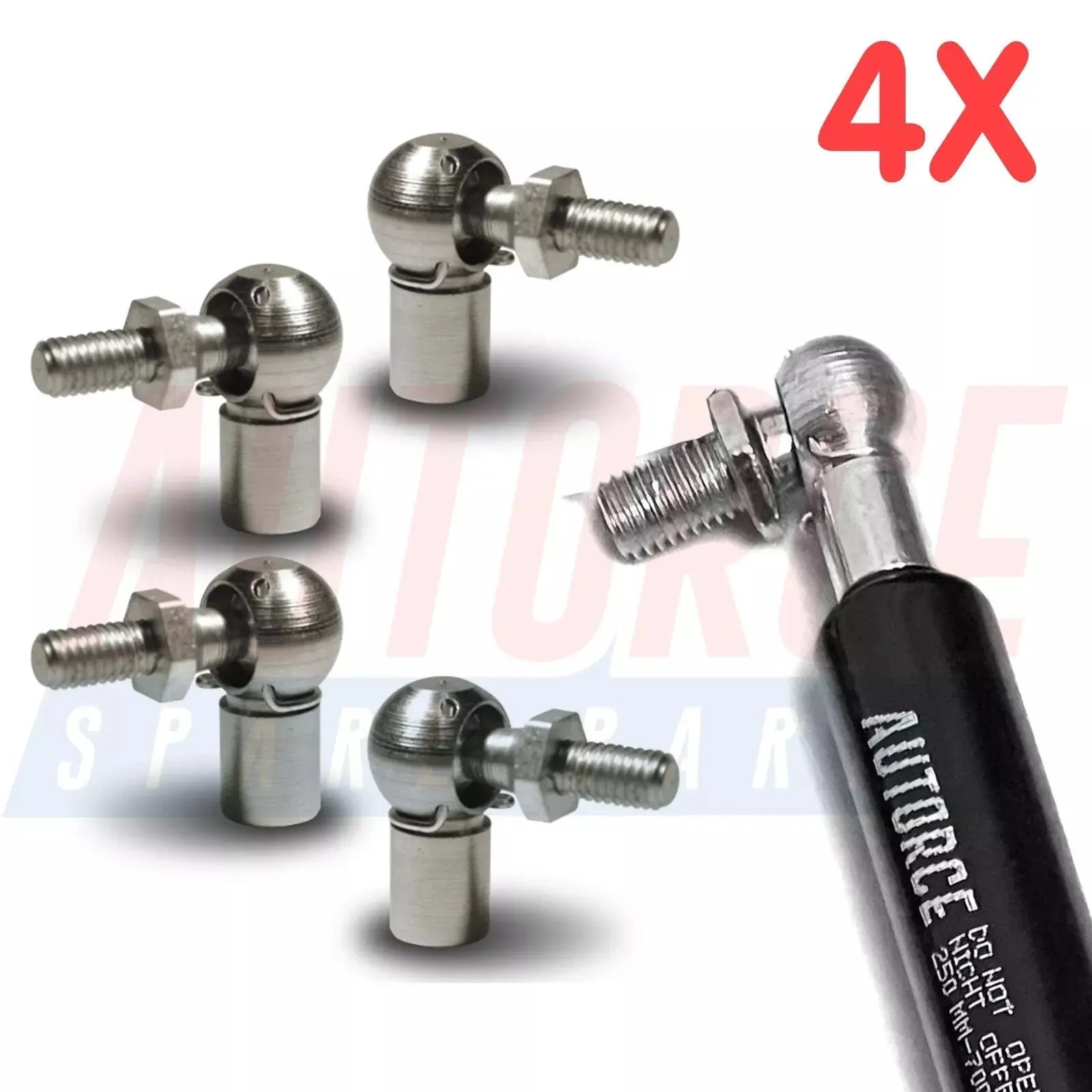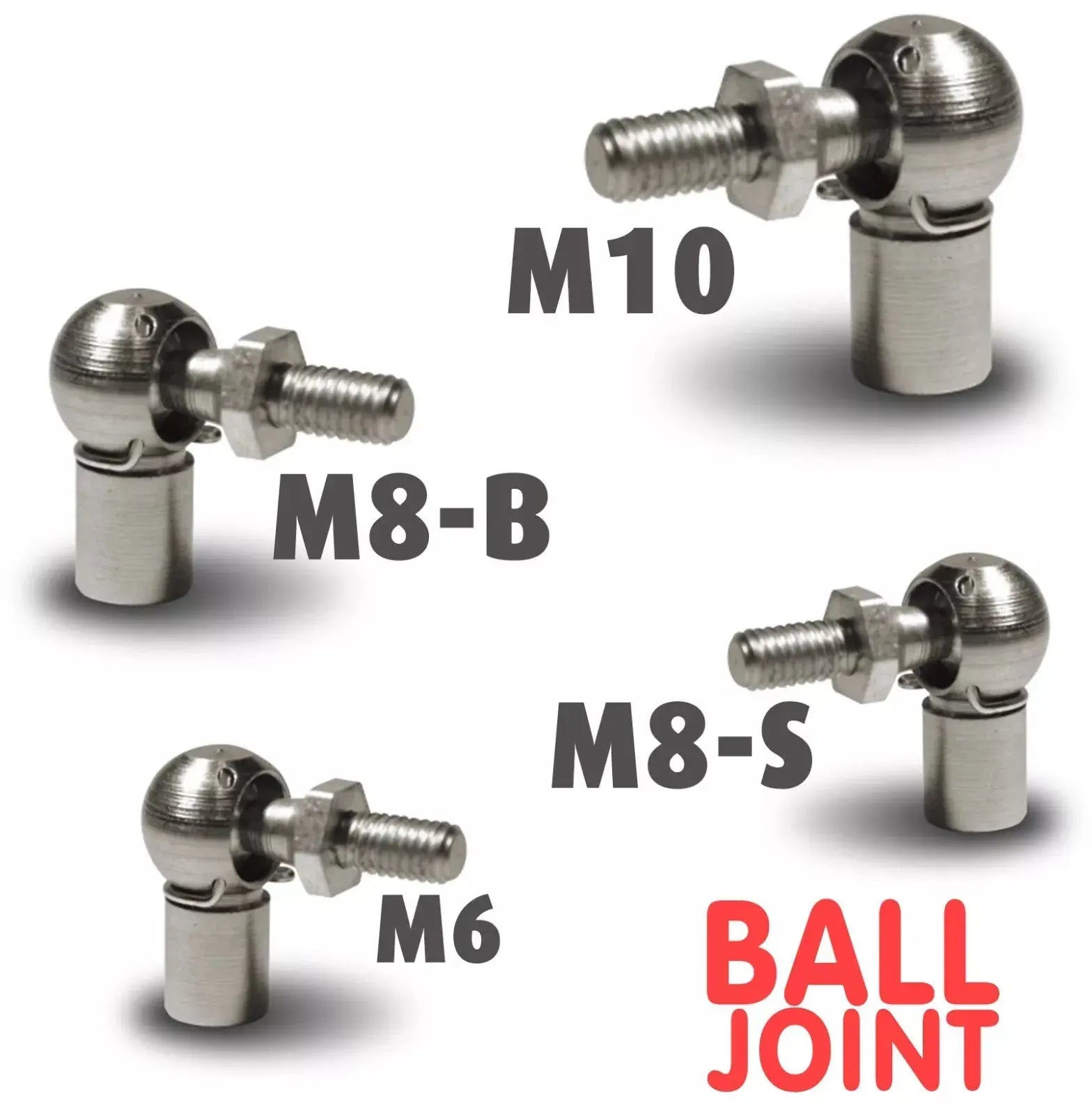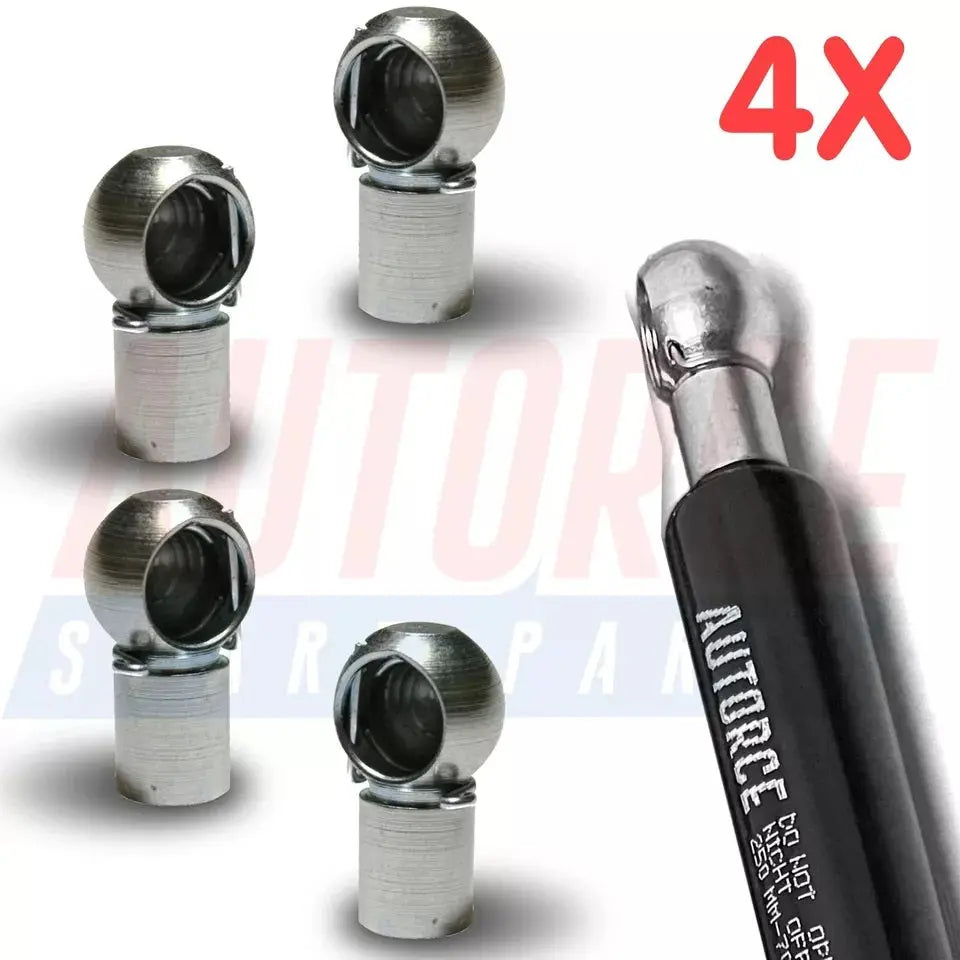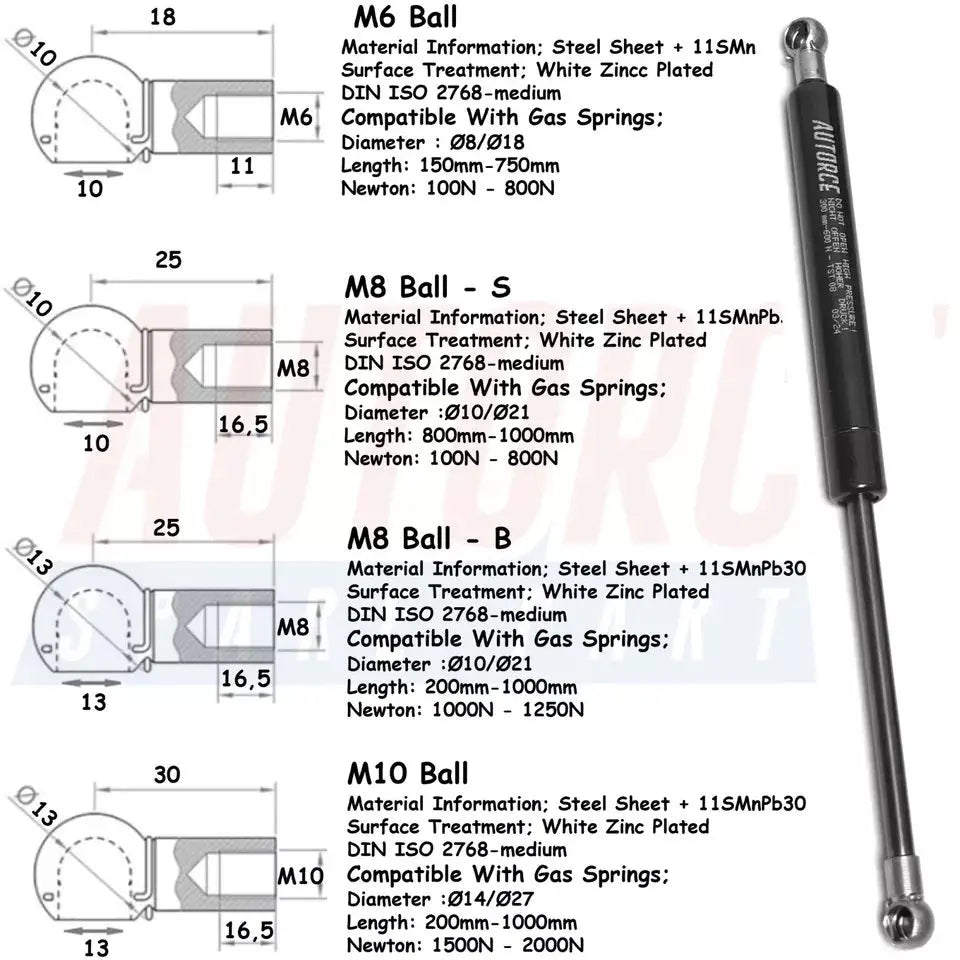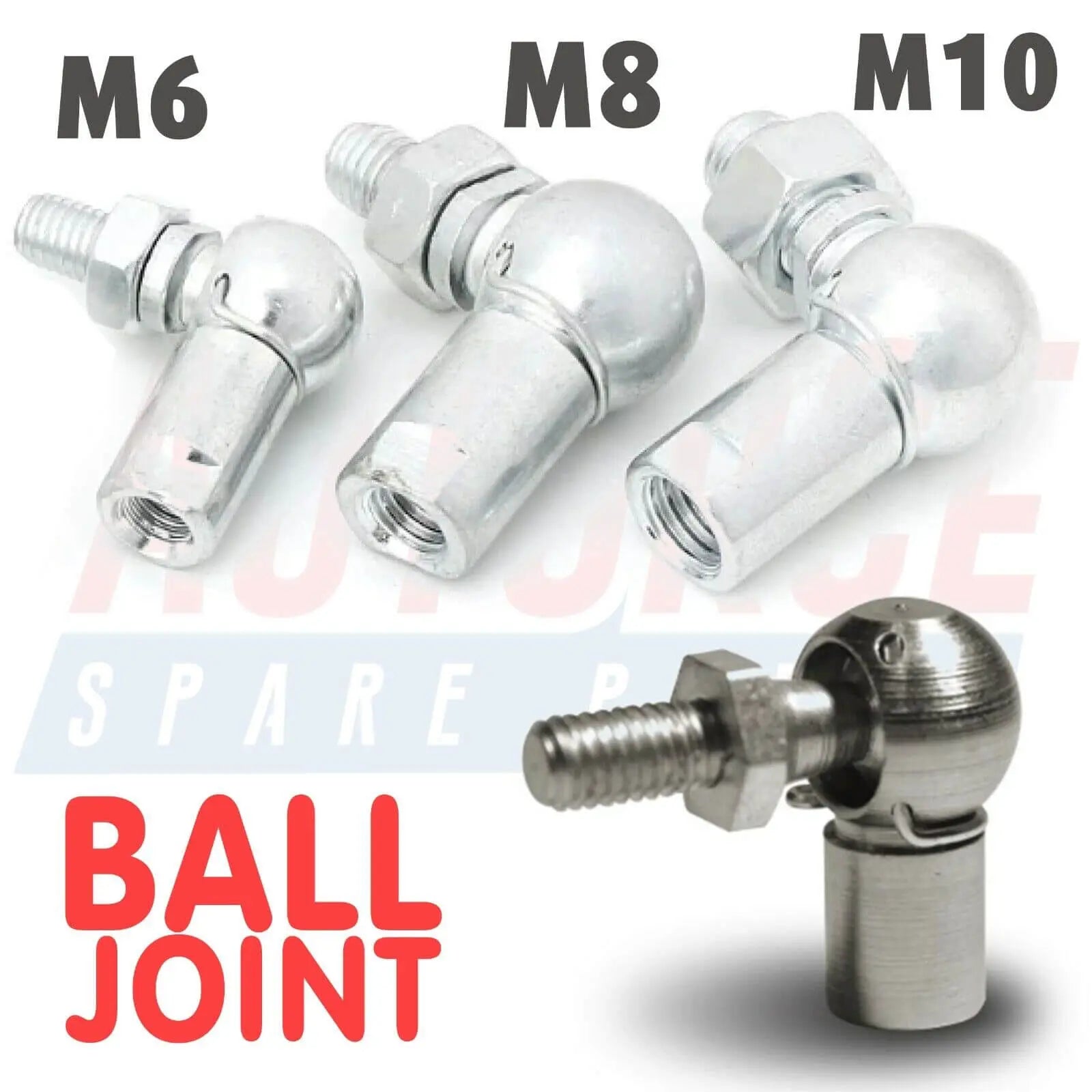Shop by Category
Fittings
5 products
Showing 1 - 5 of 5 products
Gas struts, also known as gas springs or gas shocks, are devices that use compressed gas to create a force that can support, lift, or dampen the movement of a load. They are commonly used in a variety of applications, including automotive, aerospace, furniture, and industrial equipment. One important aspect of gas struts is their fittings, which are the components that allow the gas struts to be attached to the load and the supporting structure.
Gas struts fittings come in a variety of shapes, sizes, and materials, depending on the specific application and the load requirements. Some of the common fittings include ball sockets, clevises, brackets, and end fittings. Let's take a closer look at each of these fittings:
Ball sockets: Ball sockets are fittings that allow the gas strut to rotate and pivot around a ball joint. This is useful when the load needs to move in different directions or when there is limited space for the strut to move. Ball sockets are typically made of steel or plastic and can be threaded or press-fit.
Clevises: Clevises are U-shaped fittings that allow the gas strut to be attached to the load and the supporting structure using bolts or pins. Clevises are commonly used in applications where the load needs to be supported in a fixed position or where there is limited space for the strut to move. Clevises can be made of steel or aluminum and come in various sizes and configurations.
Brackets: Brackets are flat or angled fittings that allow the gas strut to be attached to the load and the supporting structure using bolts or screws. Brackets are commonly used in applications where the load needs to be supported in a fixed position or where the strut needs to be mounted at an angle. Brackets can be made of steel or aluminum and come in various shapes and sizes.
End fittings: End fittings are the components that attach to the ends of the gas strut and allow it to be attached to the load and the supporting structure. End fittings come in a variety of shapes and sizes, depending on the specific application and the load requirements. Some common end fittings include eyelets, studs, and threaded studs.
When selecting gas struts fittings, it is important to consider several factors, including the load requirements, the operating environment, and the mounting configuration. The load requirements include the weight and size of the load, as well as the required force and stroke of the gas strut. The operating environment includes the temperature, humidity, and exposure to chemicals or corrosive elements. The mounting configuration includes the position and orientation of the gas strut in relation to the load and the supporting structure.
In conclusion, gas struts fittings are an important component of gas struts that allow them to be attached to the load and the supporting structure. They come in a variety of shapes, sizes, and materials, and must be selected based on the specific application and load requirements. By choosing the right gas struts fittings, you can ensure optimal performance, safety, and longevity of your gas struts.

